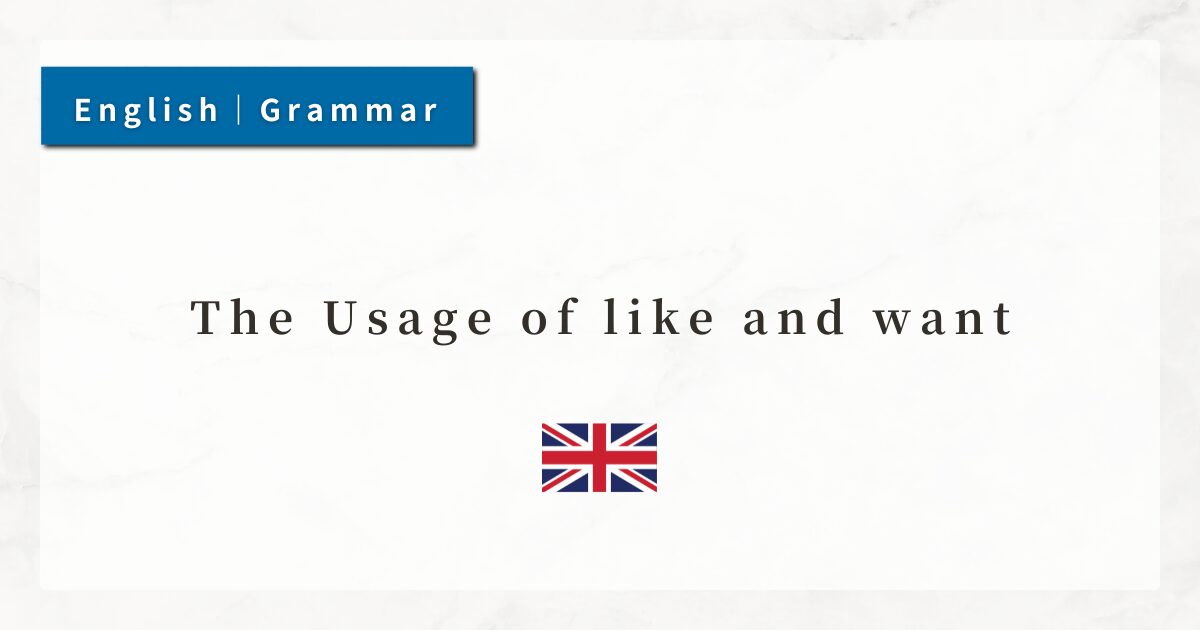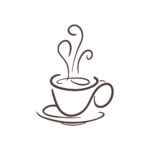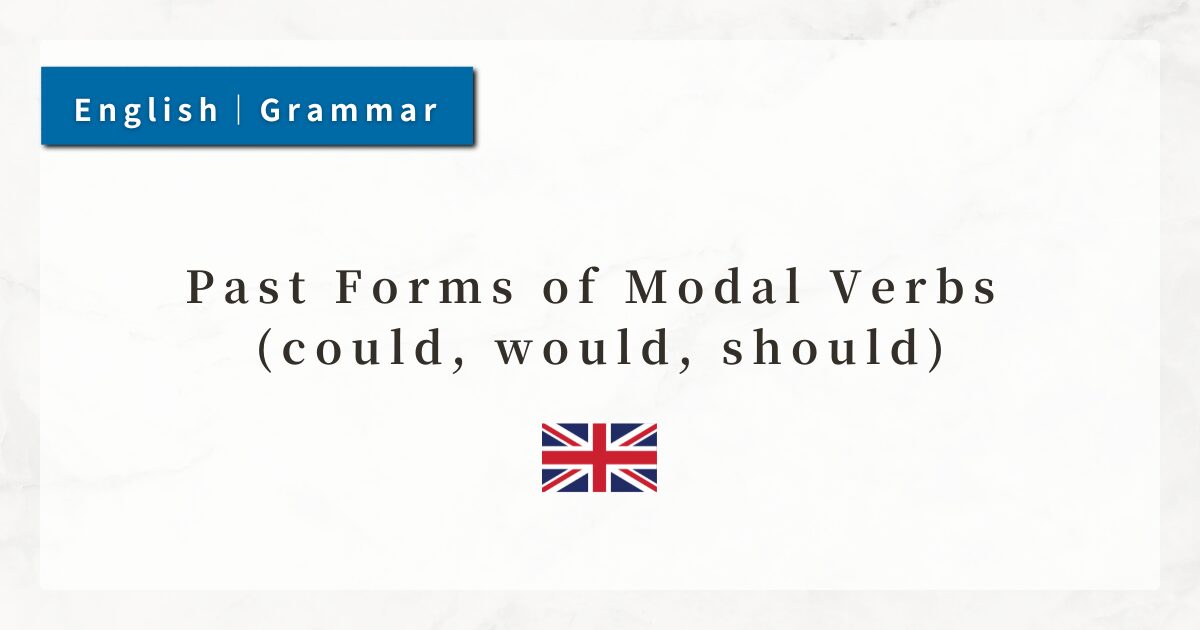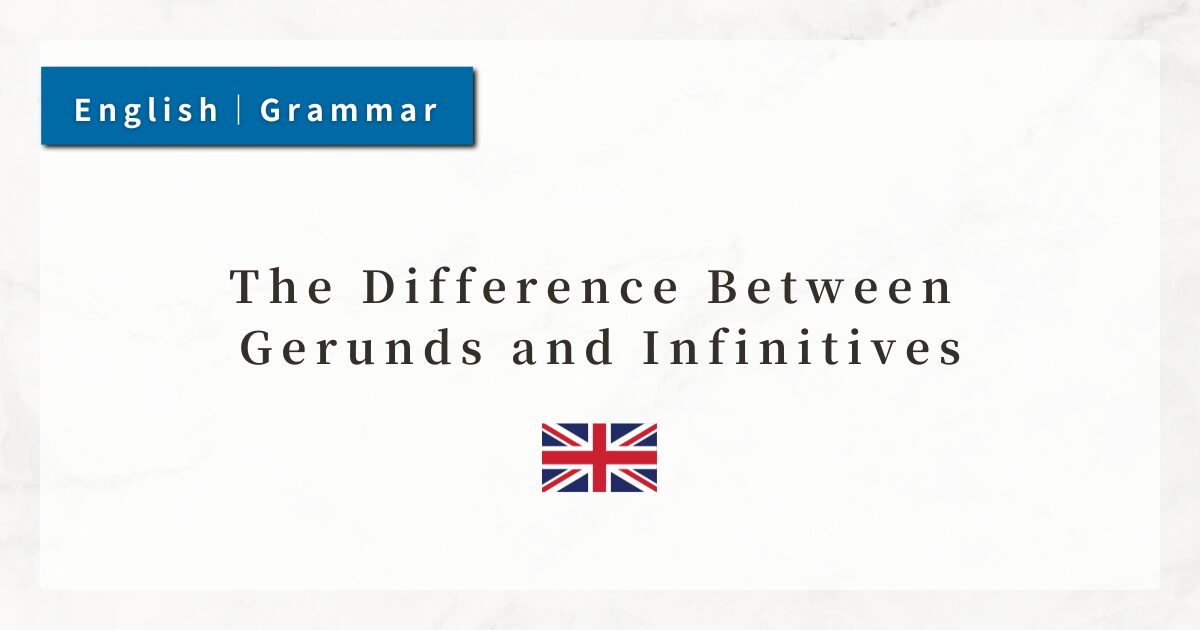The Usage of like and want|Objects and Basic Patterns

Among the verbs frequently used when learning English, “like” and “want” are two of the most common.
Although they are basic verbs that can be used from the beginner level, if you do not understand the correct word order and the forms of the objects, your sentences may sound unnatural or may fail to convey the intended meaning.
In this lesson, I will explain the basic structures of like and want, organize their differences in usage when followed by nouns or verbs as objects, and highlight important points to keep in mind.
1. like and want as Transitive Verbs Requiring Objects
English verbs can be divided into intransitive verbs (which do not take objects) and transitive verbs (which require objects).
Both like and want are transitive verbs, so when I use them, I must place an object afterward to indicate what I like or what I want.
The object can take the following forms:
| Verb | Possible Object Forms | Meaning |
|---|---|---|
| like | Noun, Gerund (-ing form) | I like music. / I like reading. |
| want | Noun, To-infinitive (to + verb) | I want a drink. / I want to sleep. |
- like: Use a gerund (-ing form) when I like the action itself, and a noun or pronoun when I like a person or a thing.
- want: Use a to-infinitive when I want to express “I want to do something.”
2. How to Use like and the Different Forms of Its Objects
2-1. like + noun / pronoun: Liking a Specific Object
When I express that I like a person or a thing, I use a noun or pronoun as the object.
This construction is a representative example of the SVO (Subject + Verb + Object) pattern.
- I like coffee.
- She likes him.
- We like music.
Remember: when the subject is third person singular (he, she, it), the verb takes -s (likes). Also, when the object is a pronoun, use the object form (me, him, them).
2-2. like + gerund (-ing): Liking Actions or Hobbies
When I want to say “I like doing something,” I use the -ing form of a verb (gerund).
Because gerunds function as nouns, they can be placed in the same position as nouns.
- He likes swimming.
- I like reading before bed.
The phrase “like doing” conveys enjoyment of the action itself, so it is often used when talking about hobbies or daily routines.
2-3. like + to-infinitive: Preference or Habit
I can also use like followed by “to + verb,” which means “I like to do something.”
This form often carries the nuance of preference, habit, or what I consider desirable.
- I like to keep my desk clean.
- She likes to get up early.
3. How to Use want and the Differences by Object Form
3-1. want + noun / pronoun: Desiring Something
This form expresses a direct desire for an object, person, or state.
- I want a new phone.
- They want help.
- We want him.
As with like, remember to use the object form of pronouns (him, it, me).
3-2. want + to-infinitive: Wanting to Do Something
This structure expresses a desire to perform an action.
- I want to sleep.
- We want to travel next year.
- She wants to learn Italian.
Here, “to do” functions as a single unit and acts as the object of the verb, making the entire phrase an SVO pattern.
3-3. want + person + to do: Wanting Someone to Do Something
This structure is slightly more complex and belongs to the fifth pattern (SVOC).
It expresses the meaning “I want someone to do something.” After want, the construction is “person (object) + to-infinitive (complement).”
- I want you to help me.
- She wants him to go there.
Although this SVOC pattern takes time to master, it is very common in both spoken and written English.
4. Summary
- like and want are transitive verbs that require objects.
- Objects can be nouns, pronouns, infinitives, or gerunds.
- like + noun / gerund: “to like something” / “to like doing something.”
- Difference between like doing and like to do:
1. like doing = enjoyment, hobby-like nuance
2. like to do = habit, preference, or policy - want + noun / to-infinitive: “to want something” / “to want to do something.”
- want + person + to do: “to want someone to do something” (SVOC structure).
- When the subject is third person singular, add -s to the verb (likes, wants).





